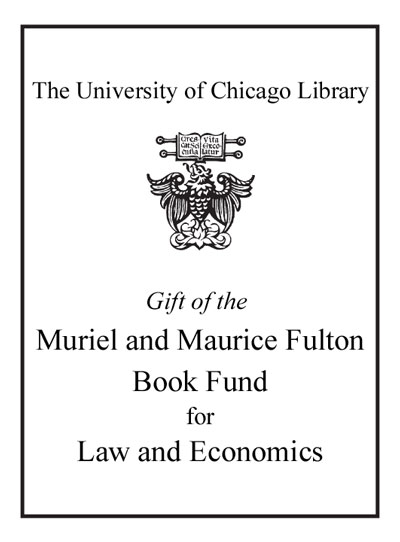Review by Choice Review
Supreme Court justices as ideologically diverse as Holmes and Scalia have drawn the same conclusion about art and judicial review: judges, who are trained in law, are ill equipped to gauge the aesthetic and decide which productions are art. Yet over the years, in cases involving issues of artistic expression, the high court has often declined to grant First Amendment free-speech protection. Bezanson (law, Univ. of Iowa) writes in an accessible style that engages even the uninformed reader and uses case studies--"stories," he calls them--to present a wide range of core issues and topics involving art and free speech. They include, among others, performance art; gay and lesbian parade floats; copyright infringement and fair use; community values and judgments in the transformative meaning of art; National Endowment for the Arts funding of controversial art; dangerous art; and the roles of decency, respect, and other values as forces of restraint on artistic freedom. The fruit of new technology-derived expressive media leads inevitably to new cases for review. Bezanson's brief is for full and complete legal freedom for artistic expression. Summing Up: Highly recommended. All undergraduate, graduate, and research collections. J. D. Gillespie College of Charleston
Copyright American Library Association, used with permission.
Review by Choice Review

